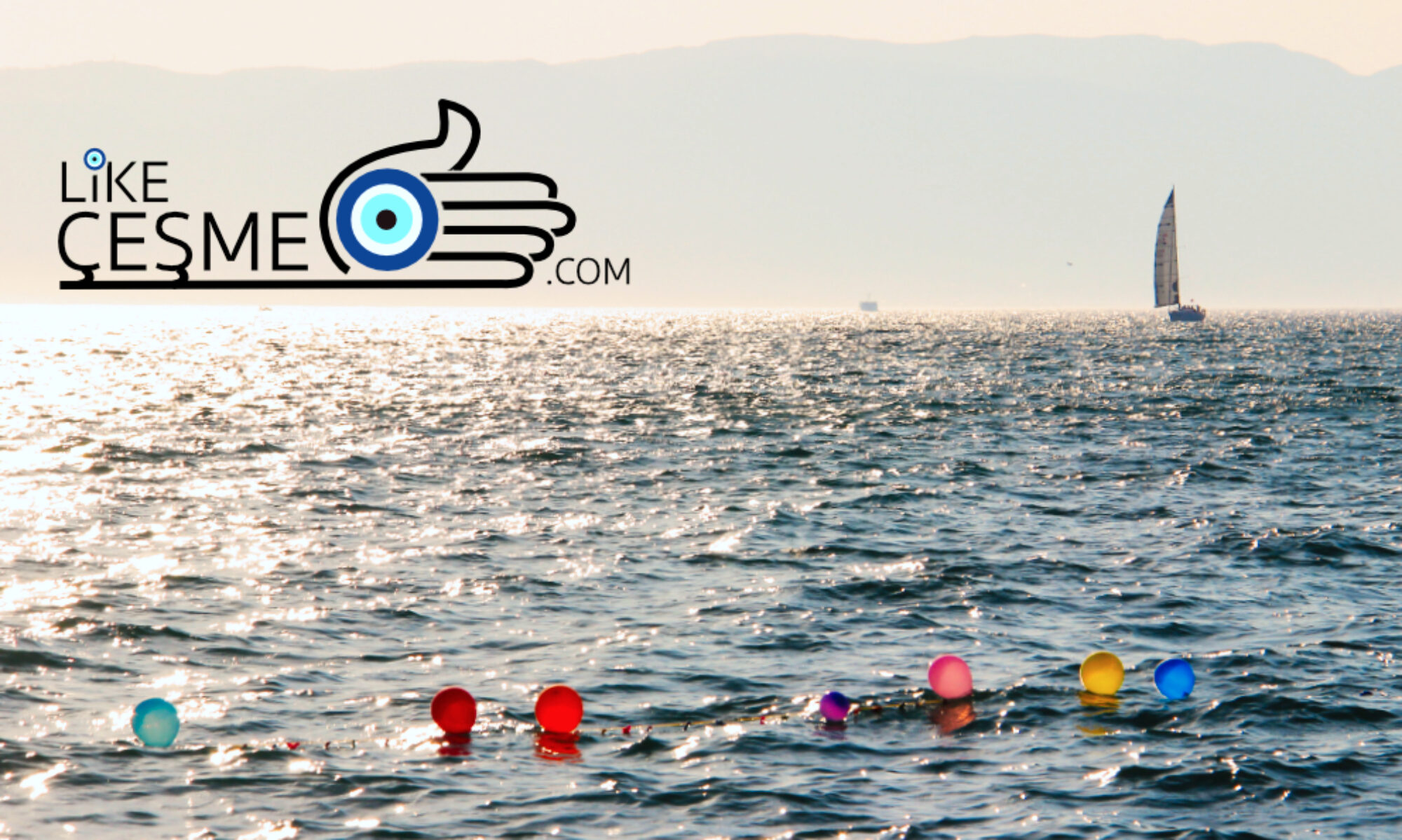Located adjacent to Cumhuriyet Meydanı (Republic Square) at the west end of the high street, Çeşme Castle fortress dominates the shoreline, rising above the city centre to provide spectacular views across the town, marina & port, waterfront and across the Chios Strait. Today, the castle houses three historical exhibits featuring artefacts from the Bağlararası prehistoric settlement & Erythrai, objects referencing the 1770 Battle of Chesme during the Russo-Turkish War and amphoras collected from local waters.
Çeşme Castle (Çeşme Kalesi), Musalla, 1015. Sk., 35930 Çeşme/İzmir, Turkey. Telephone: +90 (232) 712 6609. Opening hours: 7 days/week, summer (1 Apr – 31 Oct) 08:00-19:00, winter 08:30-17:30. Admission is €6.00 (October 2024).
Çeşme Castle Museum – Table of Contents
Brief History of Çeşme Castle
Initially constructed by the Genoese, a castle was built on the hill but was significantly enlarged and fortified in 1508-1509 by Sultan Beyazıt (1447-1512) to defend Çeşme and the coastline from pirates. It was constructed with six towers and deep moats on three sides, initially with the sea on the west wall, currently 1015 sok. (street) and with the main entrance with an iron door and gate on the upper part of the south wall, currently 1001 sok. The walls facing the sea are 86 metres wide; the caste stretches back 127 metres and narrows slightly at the top on the east side to 82 metres. The last military use for the castle was from 1832 to 1833, during the Greek uprising, and following the Crimean War (1853-1856), the cannons were removed.





Castle Exhibitions
Ottoman-Russian Naval War Hall
Close to the public entrance, up from the first stairs leading to the Genoese Tower, is a small exhibition marking the Battle of Chesme (5–7 July 1770). The collection comprises coins and a medal, personal effects and weaponry recovered from the sunken ships, maps, books, posters, models, flags, period uniforms, reproduction Russian medals and paintings illustrating the battle and corresponding influences on Russian history and architecture. Outside on the tower are cannons, cannonballs, and anchors recovered from the sunken ships of the campaign, including a highly decorative cannon from the 66-gun galleon Yuestafiy commanded by Admiral Grigory Spiridov, Commander in Chief of the Russian Mediterranean Fleet, which escaped to the ship Tri Svyatitelya. The Yuestafiy, with 700 crew, burned and subsequently exploded on 5th July 1970 when the mast of the damaged 84-gun Ottoman Burc-u Zafer fell across her decks.

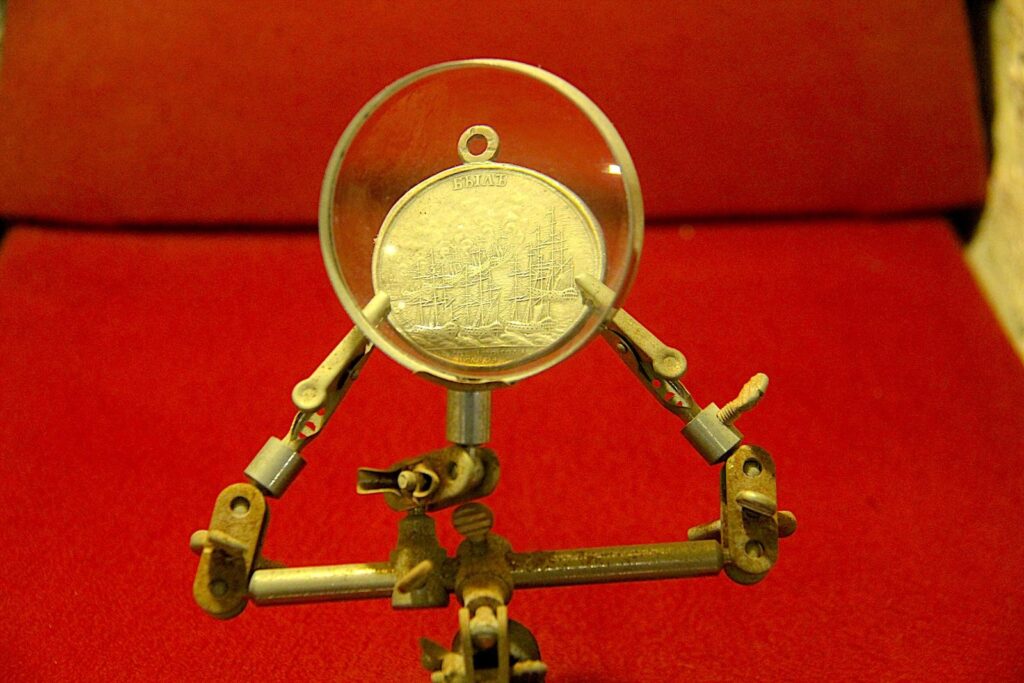
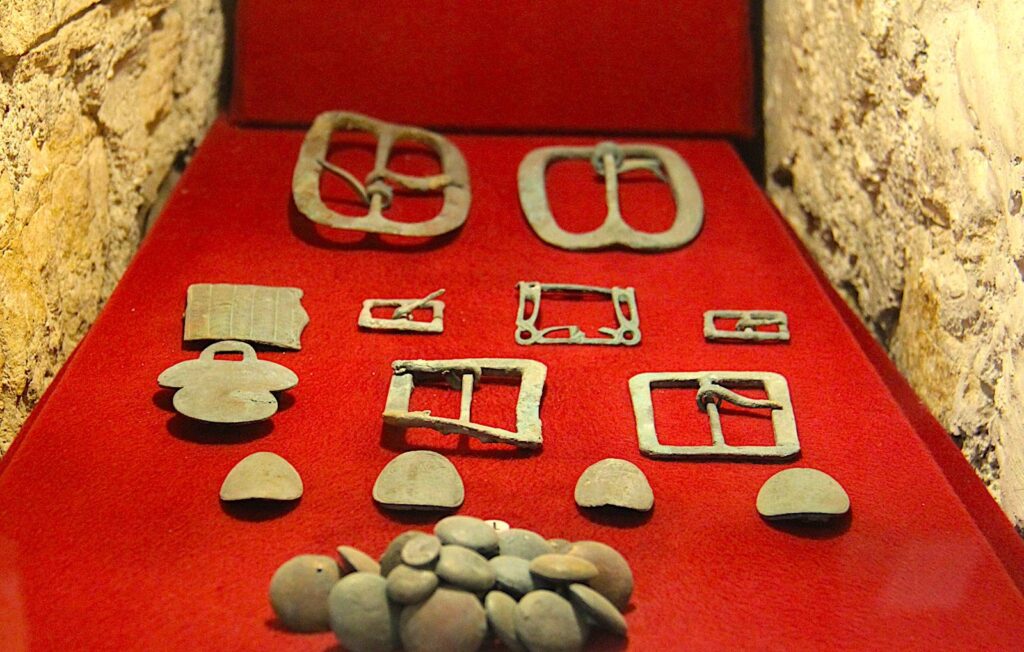

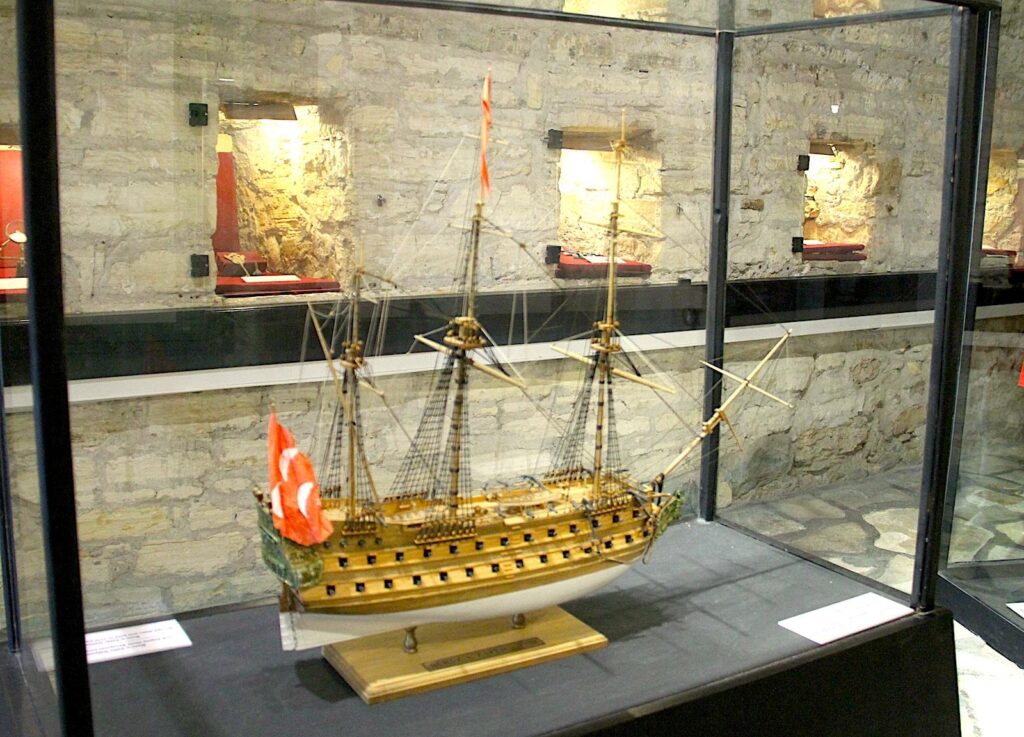
Amphora Exhibition
On the right-hand side of the hallway leading into the upper castle is a collection of amphora displayed in chronological order that was recovered from the waters by divers and in fishing nets in the vicinity of Çeşme and Karaburun. On the left side of the same hall are busts of Seljuk commander Çaka Bey (?-1097), who, with the Anatolian Turk’s first naval victory on 19 May 1090, defeated the Byzantine fleet in Lesbos and Chios and also Gazi Umur Bey (1309-1348) famous for his naval expeditions against the crusades.
Archaeological Halls
Leading out from the amphora exhibition to the right are three exhibition halls. The display includes coins, terracotta, ceramic and glass archaeological objects such as pots, oil lamps and figurines dating from the Archaic, Classical, Hellenistic Roman and Eastern Roman periods of Çeşme.
Umur Bey Tower Exhibition Room
In the lower part of the upper castle on the Umur Bey Tower is a varied collection of larger statues, stonework, bowls, gravestones and stelae dating from Roman times to the 19th century.
Castle Fountain
Located at the old main gate on the south wall between the mosque and Çaka Bey tower, it has a cut stone facade and mainly comprises rubble masonry. It is an excellent example of an Ottoman fountain and water chamber recently restored
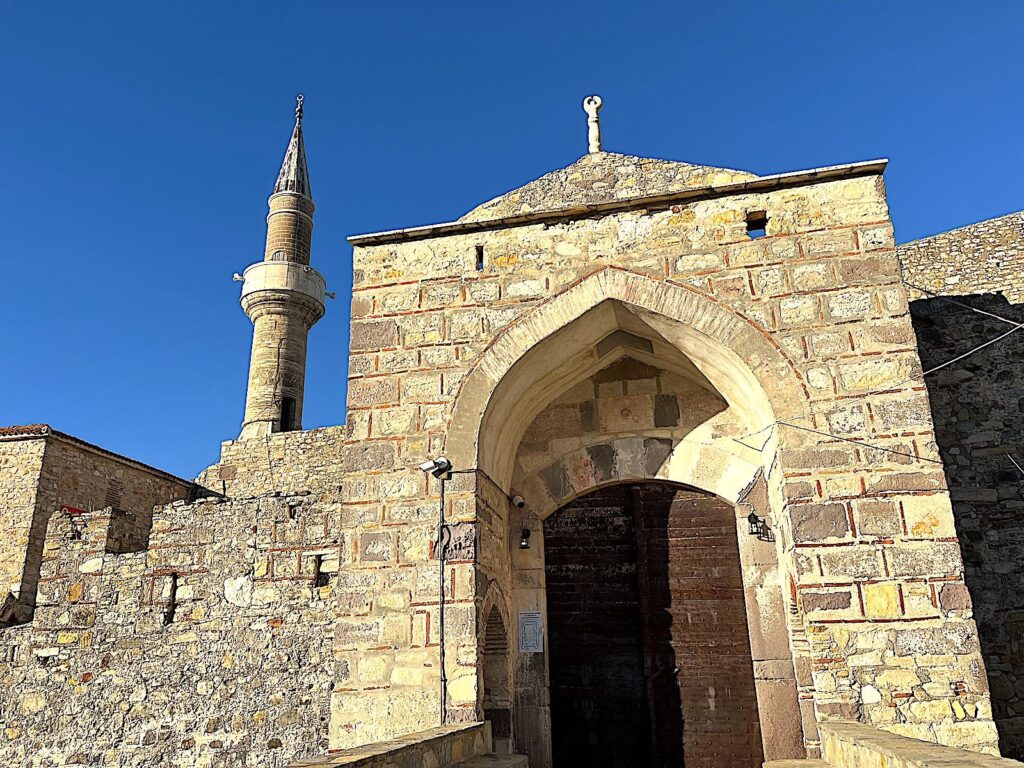
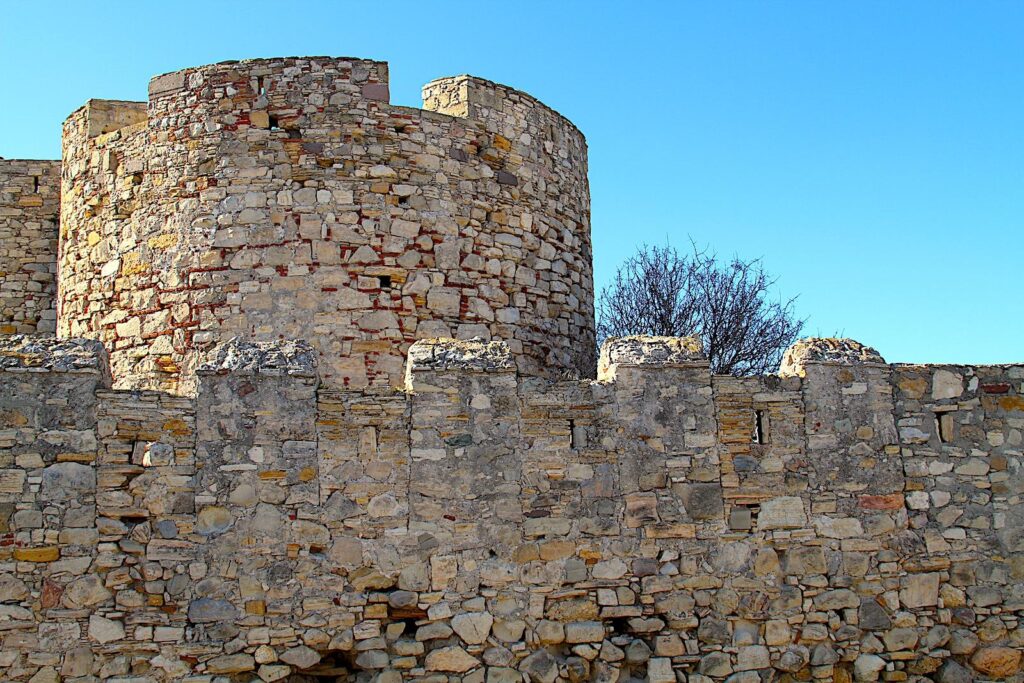
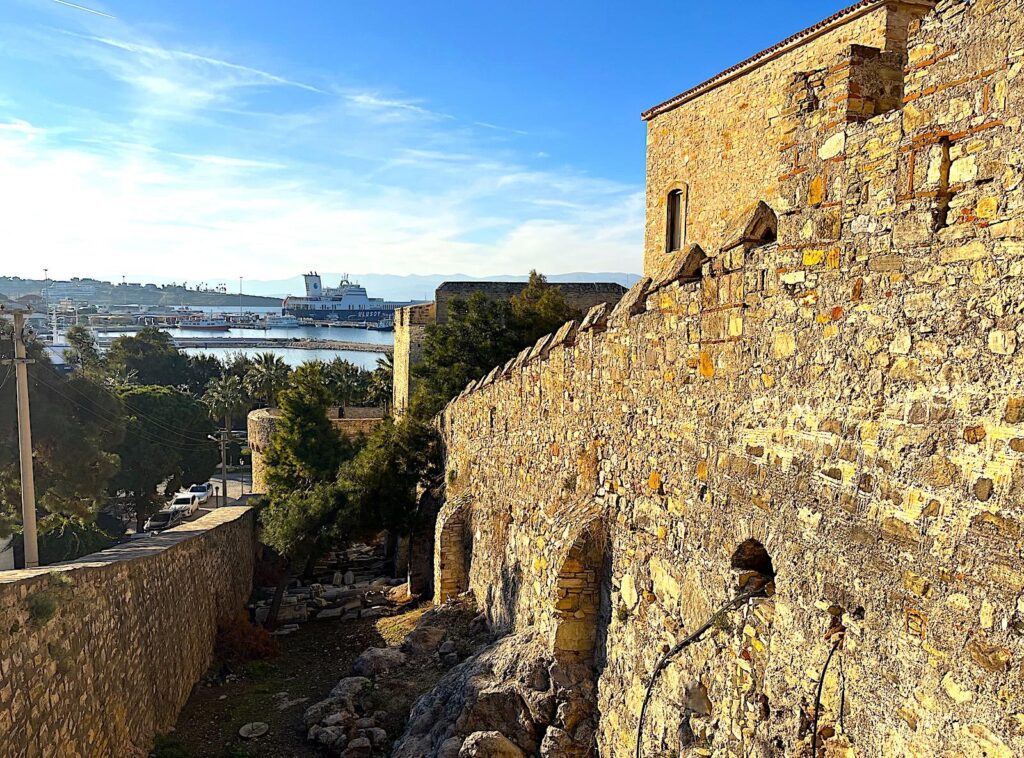

Ottoman Gravestones
Along the south wall adjacent to the castle’s original entrance is an extensive collection of Ottoman-period gravestones. The gravestones are stored inside the castle for conservation and preservation; many have intricate geometric and decorative carvings.





